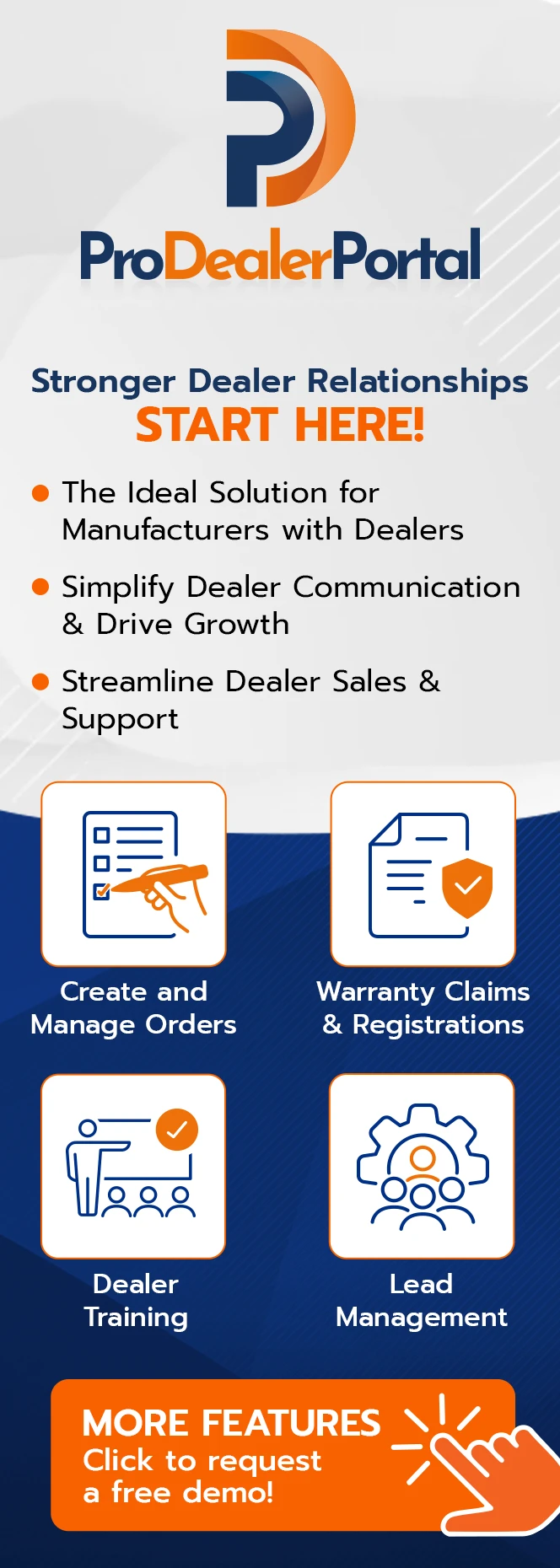The Do’s and Don’ts of Adopting MTF Solutions for Business Growth

The adoption of Managed File Transfer (MTF) solutions is increasingly becoming vital for businesses that handle large volumes of sensitive data. As organizations look to streamline their data transfer processes and enhance security, understanding the best practices for MTF adoption is essential. This article outlines key do’s and don’ts around MTF solutions that can navigate companies through the tricky landscape of implementing MTF solutions for optimal growth.
Understanding the Importance of MTF Solutions
Managed File Transfer solutions provide a secure and efficient way of transferring files within and outside an organization. These tools are particularly crucial for companies in regulated industries such as finance, healthcare, and legal sectors, where data security and regulatory compliance are paramount. According to a study by Gartner, organizations that implement secure file transfer solutions can reduce their risk of data breaches by up to 70%. Understanding this importance can motivate businesses to adopt MTF approaches with a focus on growth and optimization.
Do: Assess Your Data Transfer Needs
Before diving into the implementation of MTF solutions, it’s critical to assess the specific data transfer needs of your organization. This includes understanding how much data you transfer, the frequency of transfers, and the types of files involved. Businesses should evaluate if they require real-time data sharing or if batch transfers suffice.
Additionally, companies must consider who the internal and external users are. Identifying the stakeholders involved can help tailor the MTF solution to better meet user requirements. By aligning the software capabilities with your business needs, you ensure a higher rate of user adoption and compliance.
Don’t: Overlook Compliance Regulations
When adopting MTF solutions, it’s essential not to overlook industry-specific compliance regulations. Failure to comply with standards such as HIPAA, GDPR, or PCI DSS can result in hefty fines and damage to your organization’s reputation. Choosing secure managed file transfer software that meets these compliance requirements can save your organization from legal ramifications. It is advisable to consult with compliance officers to ensure the chosen MTF solution adheres to the necessary regulations. Such oversight prevents costly mistakes down the line.
Do: Prioritize Security Features
Security should be at the forefront of the decision-making process when selecting MTF solutions. Businesses should look for features such as encryption, user authentication, and audit trails to safeguard sensitive data. A report from the Ponemon Institute revealed that 53% of data breaches are due to insider threats, emphasizing the need for strong internal security measures.
Moreover, organizations must ensure that the MTF solution can integrate with existing security infrastructure. This seamless integration significantly enhances the organization’s collective defense against data breaches while maintaining ease of use across platforms.
Don’t: Skimp on User Training
Even the most robust MTF solution can fail if end-users do not understand how to use it properly. Neglecting user training can lead to inefficiencies and increased security vulnerabilities due to poor practices. Organizations must develop a comprehensive training program that covers all aspects of the MTF system.
It is beneficial to provide ongoing training sessions and updates about the latest features and best practices. By fostering a culture of security awareness, companies empower their employees to utilize the MTF solution effectively and securely.

Do: Seek Vendor Support
A helpful vendor can make a significant difference during the adoption of MTF solutions. Engaging with a vendor that offers excellent customer support can expedite the integration process and provide valuable insights into best practices. Moreover, responsive support can help address any issues that may arise during implementation.
Having a strong partnership with your vendor ensures not just initial success but long-term sustainability of the file transfer solution, allowing businesses to adapt as their needs change.
Don’t: Ignore Scalability
As businesses grow, their data needs evolve as well. Ignoring scalability when selecting an MTF solution can constrain an organization’s growth. It is essential to choose software that can scale with the business and accommodate increased data transfer demands.
Before finalizing a decision, examine the provider’s track record for scaling their solutions. In addition, investigate features like cloud compatibility and support for various file formats that will enhance future adaptability.
Adopting Managed File Transfer (MTF solutions) is a crucial step for businesses looking to improve their data transfer processes while ensuring security and compliance. However, implementing MTF solutions requires careful consideration of multiple factors. By assessing data transfer needs, prioritizing security features, and ensuring compliance with industry regulations, organizations can set themselves up for success. Additionally, proper user training and vendor support are key elements that should not be overlooked to maximize the effectiveness of the solution. On the other hand, overlooking scalability or skimping on security can result in costly setbacks. By following the do’s and don’ts outlined in this guide, businesses can not only navigate the complexities of MTF adoption but also drive growth and optimization with secure, efficient, and scalable file transfer solutions.
